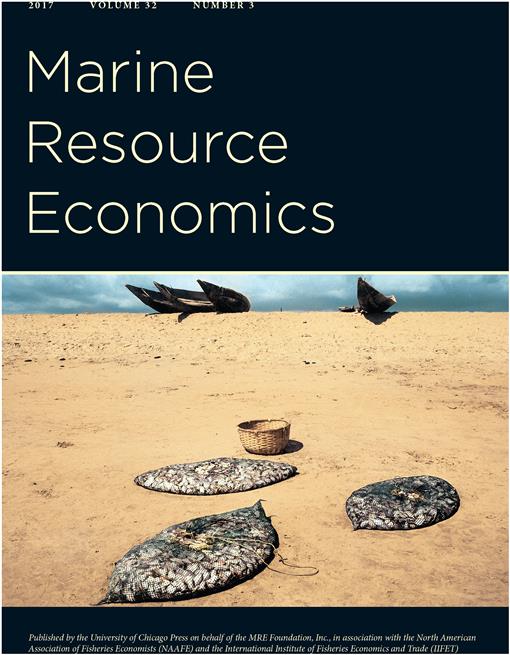Diseases are an important challenge in aquaculture. However, most of what is known about the effect of diseases comes from laboratory experiments. Using a farm-level data set containing sea lice infestation counts for all Norwegian salmon farms over an 84-month period, we empirically investigate the biological and economic impacts of observed levels of infective lice. Sea lice, a common ectoparasitic copepod of salmonids, have been shown to reduce fish growth and appetite and cause substantial costs to salmon farmers worldwide. Our results suggest that the percent of total biomass growth lost per production cycle due to average infestations varies from 3.62 to 16.55%, despite control, and depends on farm location. Using a discrete harvesting model, we simulate the economic impact on farm profits over typical cycles. An average infestation over a typical central region spring-release cycle generates damages of US$0.46 per kg of harvested biomass, equivalent to 9% of farm revenues. We estimate that lice parasitism produced US$436m in damages to the Norwegian industry in 2011.
JEL Code: Q22, C23.





